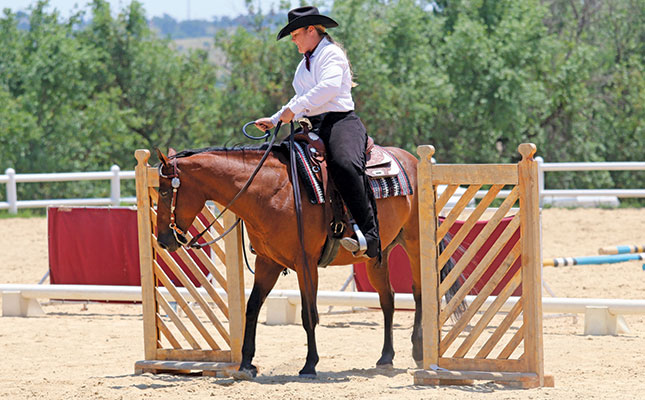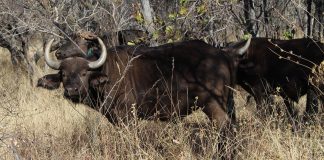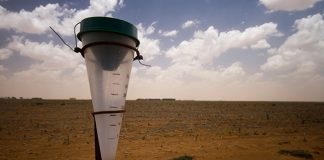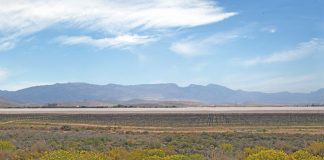
Photo: Dr Mac
The South African Equestrian Federation (SAEF) has provisionally recognised working equitation as a new discipline.
This discipline is affiliated with the World Association for Working Equitation in Portugal. While riders can choose to compete in traditional riding gear appropriate to working with cattle, the SAEF demands that riders wear closed riding shoes, long trousers, and hard hats (the last rule applies only to minors).
Working equitation promotes competition between traditional styles of riding that may be used during fieldwork, such as cattle sorting. Farmers may need to separate their cattle when weaning calves, splitting herds or moving bulls out of a breeding herd.
In extensive cattle operations in countries such as Spain and Portugal, where this type of farm work is common, cattle can be aggressive, and the horse must be obedient and fearless, and able to turn at speed.
While cattle sorting is often done on foot in South Africa, or by using crush pens, it is sometimes handy to use a horse when the herd is a long way from a crush pen. Even when working with a crush pen, a well-trained horse can be useful.
Competition trials
Four trials are recognised at international level. The first is dressage, which is always ridden to music and includes an ‘artistic’ mark similar to that awarded for freestyle dressage.
The second trial is ‘maneability’, which judges ease of handling around and through typical obstacles found on a farm. At international level, this is ridden at a working canter, with flying changes each time the horse changes direction.
Agility and flexibility with good balance and collection are needed, as some of the canter circles are only 3m in diameter!
Other obstacles include a wooden bridge, side-stepping over a log, cantering through a ditch full of water, opening and closing a gate, and backing up between poles. This trial is ridden one-handed.
The third trial is the same as the second, but ridden at speed, while the fourth trial involves four riders herding cattle from one pen to another. It is ridden only at international events.
A work in progress
As South Africa does not currently have many horses capable of meeting the international level of schooling, the South African Working Equitation Association is encouraging training shows and clinics where horses and riders can learn to do the dressage and maneability obstacles, including leadline, walk and trot, and simple changes, at a lower level.
As five judges form the jury for each trial, amateur judges are being encouraged to participate.
At the end of each run, the scores (between one and 10 per obstacle) of each jury member are averaged by the jury president. At a riding school or training show, all riders could be included in turn as part of the jury.
It is hoped this will result in team-building and rapid improvement in riding skills as it makes the sport less competitive and more fun.
Dr Mac is an academic, a practising equine veterinarian and a stud owner.










